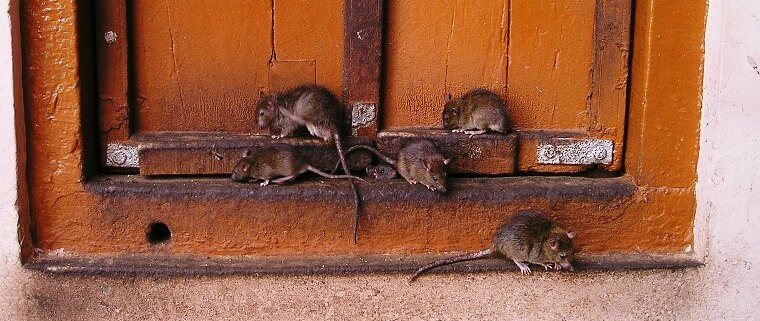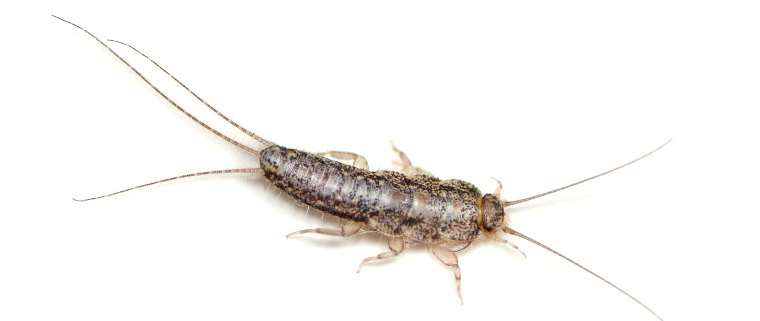Are you wondering what it takes to have a beautiful and relatively pest-free garden? You can actually create one. There is a series of strategies you can use to create this type of garden. However, these strategies will only be effective if you have the willingness to learn about the beneficial interactions that might happen between plants and other life forms. Other than that, you need to have a better understanding about the ultimate goal in gardening —and that is not having the ‘perfect’ plants. At the same time, you should be aware that not all insects are harmful to you. When you know how to create livable ecosystems in your yard, you will be rewarded with a rich and abundant garden, bursting with fauna and flora.
You cannot achieve this by showering your garden with pesticides, fungicides and herbicides. If anything, they actively create conditions that are susceptible to pest explosions and they lack the natural defences that help prevent pest build-up.
Natural Strategies to Get Rid of Pests
Choose the right plants. Design your garden based on the climate and soil. Choose a suitable selection of plants. Plant health relies on the time of the year that rain falls. They become vulnerable to disease problems if rain falls at a different time of the year. Take for example the Grapes Vitis vinifera, tree lucerne Chamaecytisus proliferus and figs (Ficus carica). These plants all evolved in a Mediterranean climate with a dry summer and will likely to suffer fungal attack with a predominantly summer/autumn rainfall.
Use healthy soil. This is a major factor in pest balance. Mulch, a layer of material added to the soil, creates a habitat for insect predators such as ground beetles, centipedes and spiders, thus protecting the soil and improving its fertility and health.
Crop rotation is a practice of growing different kinds of vegetables belonging to different plant families in beds the following year, which is considered a useful strategy as it prevents the buildup of soil-borne diseases.
Crops known as green manures are grown to produce and build nitrogen and organic matter levels. They can break disease cycles such as root-rot fungal pathogens and knot nematodes when used in crop rotations. For example, the Marigold (BQ Mulch) are buried into the soil. The chemicals from the decomposing plants are then released to suppress diseases.
Invite insect-eating birds. Birds known to eat insects are the Honeyeaters, Thornbills, Flycatchers, Robins, Warblers, Pardalotes, Treecreepers, Willy Wagtails and Wrens. Build nesting sites in your garden that can provide privacy and are free from predators. Native shrubs make good nesting sites, at the same time, it can provide nectar to attract nectar-feeding birds like Honeyeaters.
Here’s a list of other shrub species that can be made as nesting sites:
- Grevillea
- Hakea
- Leptospermum
- Melaleuca
Water. Whether it comes in a form of a birdbath or a small pond, water is a fundamental element of the landscape. It provides a reliable source of water for birds, making the garden a good place to build a nest in. Birdbaths should be placed close to densely foliaged shrubs, allowing birds an easy escape from predators. If you have cats, it would be best if you fit them with multiple, small bells, or a mirrored collar to help prevent decimation of the wildlife population, as does restricting their wandering.
If you opt to have a small pond, allowing predators like frogs to live and breed in your pond is definitely a smart move. Known to be active nocturnal animals, frogs can devour large numbers of pests giving you less to worry about. However, you may have to avoid putting goldfish in your pond as they will eat the tadpoles. Another predator you should encourage are the dragonflies. Their larvae feed on mosquito wrigglers and as they grow into adults, they start to prey on flying insects.
Important predators. Not all insects are pests. Some are even considered to be beneficial to people being predators of other insects. You should be able to recognise the good bugs from the bad and here are some of the few:
- Spiders
- Centipedes
- Ground beetles
- Ladybeetles
- Predatory mites
- Wasps
Apart from creating a beautiful and healthy organic garden, providing shelter to beneficial insects should be part of your goal as well. Dealing with pests alone is not enough. You must find the real cause of the problem and design a way to resolve it. What we often miss to see is that our gardens are often devoid of habitat. Before resorting to biocides, we simply need to create a garden using the principles of natural ecosystems.








